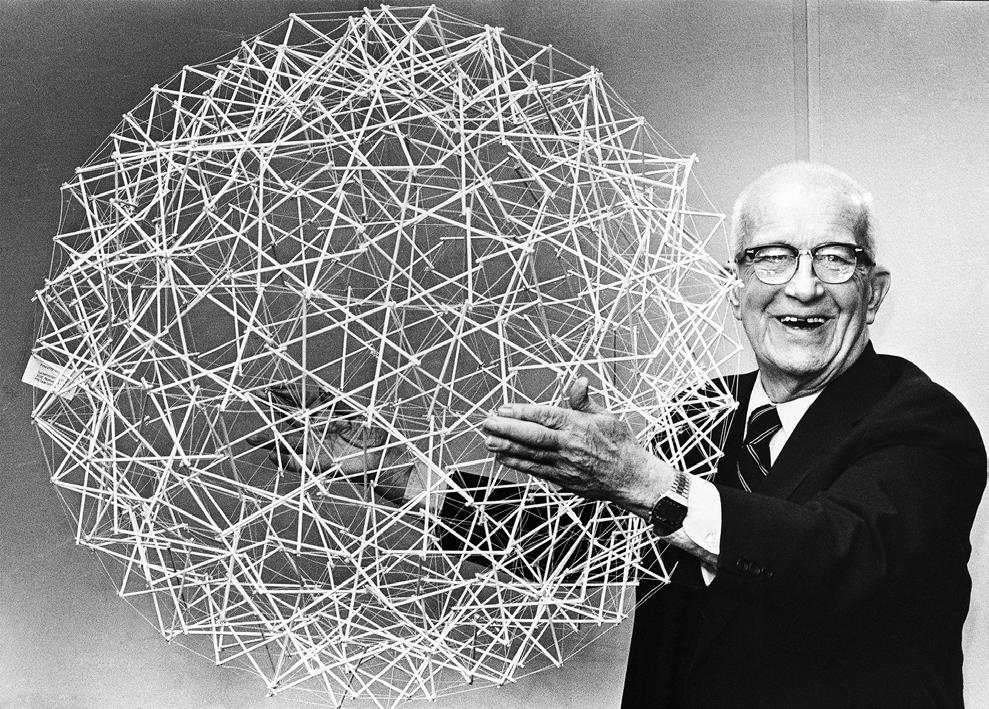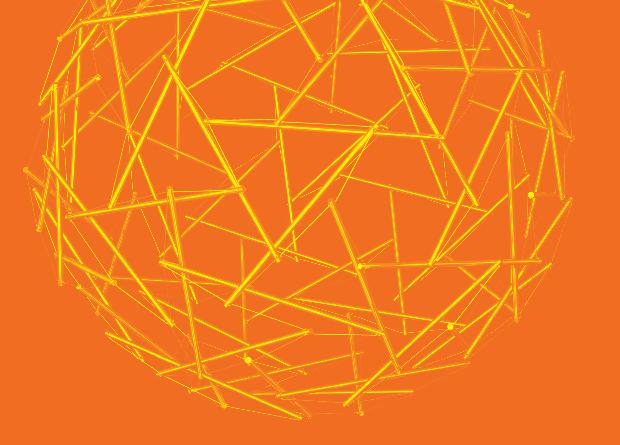
4 minute read
Recommendations
As Armand noted there is much work to do now to serve the basic needs of young people in the aftermath of COVID-19. Then there is a dance where educators begin to work in a system that is part past, and part future. Next comes transformation. This is when people and programs as well as time, talent, and treasure of many organizations come together in creating a system of teaching, learning, and caring. With transformation we see community schooling anchored by teacher leaders and a reimaged education profession. The Now: Policymakers and educators must begin by strengthening existing systems of teacher leadership — identifying how teachers are leading and recognizing them in any number of ways. School system leaders will serve a very important role in helping teachers spread their expertise and have their evidencebased stories inform colleagues as well as parents and policy leaders. Teachers are offered both time and training to lead. Government offers incentive for districts to collaborate with universities and non-profits to prepare pre- and in-service teachers to lead in the aftermath of COVID-19. 01. Administrators conduct online surveys to document how teachers innovated in the time of school closures. 02. Schools offer teachers opportunities to create new programs to address social-emotional as well as academic needs of students as they return to school. 03. Government improves internet access and ensures every child and family has access to hardware, software, and broadband needed to participate fully with educators.
The Dance: Educators will rethink people and programs and accelerate the development of learning teams. Current school professional learning communities will become inquiry-driven.
Policymakers create new funding streams for more teachers to innovate. School systems will use teacher expertise developed and spread by affinity networks. 04. School systems create and operationalize teacher leadership standards and formally recognize how classroom practitioners spread their expertise to each other. 05. School system reallocate time and teaching schedules and calendars in order to increase teacher-led inquiryup to 10 hours a week to drive action and innovations. 06. School systems use teacher leaders to reinvent assessment, and transcend current standardized testing for sorting and grading to pivot toward more useful, improvement oriented accountability system.
The Transformation: A pre-primary-to-higher education system is unified with other community-based organizations, offering physical and social-emotional health supports, afterschool programs, and workforce development training. School schedules and calendars are overhauled so teachers can teach as well as lead. Schools as community hubs, in collaboration with public libraries and nearby colleges and universities create a more seamless system of cradle to career, competency-based system of teaching and learning. 07. Government offers incentives to harness cross-sector learning teams to build networks of pre-primary, primary, secondary school, university, community and technical college, and other professionals that center brick and mortar schools as hubs of their communities; 08. School systems recognize teacher leadership, through compensation and workplace conditions, as central to creating a coherent system of teaching, learning, and caring. 09. Government support alignment of resources for cross-sectoral partnerships that use data, evidence, and technology to transform the current approach to a Zero to Workforce strategy.
The reinvention of teaching and learning and the education profession that will prepare students for a world that is more connected than ever—cannot be fully realized by changes in one school, one district, or even one country. Public schools everywhere face a future of rapid change, intensifying complexity, and growing uncertainty. It is time for us to connect, learn, and lead together. Buckminster Fuller noted many years ago: “You never change things by fighting the existing reality. To change something, build a new model that makes the existing model obsolete.“ Let’s build those models now.
R. Buckminster Fuller holds up a Tensegrity sphere. 18 th April, 1979.
This work is licensed under a Creative Commons Attribution-NonCommercial-ShareAlike 4.0 International License. (CC BY-NC-SA 4.0)
You are free to: Share — copy and redistribute the material in any medium or format Adapt — remix, transform, and build upon the material
Under the following terms:
Attribution — You must give appropriate credit, provide a link to the license, and indicate if changes were made. You may do so in any reasonable manner, but not in any way that suggests the licensor endorses you or your use. NonCommercial — You may not use the material for commercial purposes. ShareAlike — If you remix, transform, or build upon the material, you must distribute your contributions under the same license as the original.
The views, recommendations and conclusions in this document are those of the author/s, unless explicitly stated otherwise, and are not necessarily endorsed by Education International. All reasonable precautions have been taken to verify the information contained in this publication. However, the published material is being distributed without warranty of any kind, either expressed or implied. Neither Education International nor any person acting on its behalf may be held responsible for the use which may be made of the information contained therein.
Teacher Leadership in the Aftermath of a Pandemic
The Now, The Dance, The Transformation



Independent Report written to inform the work of Education International
Barnett Berry, Armand Doucet ,
Ben Owens May 2020



